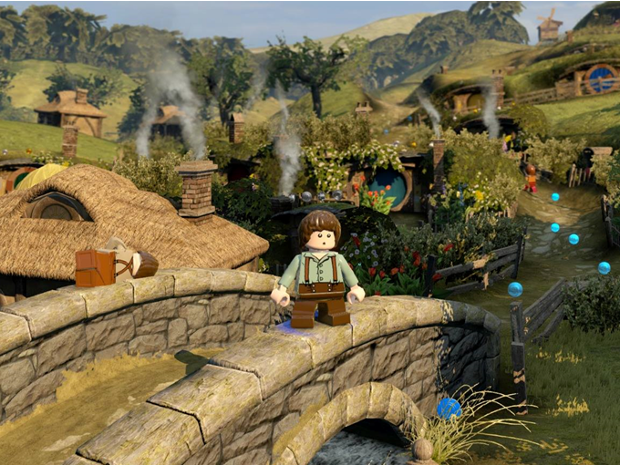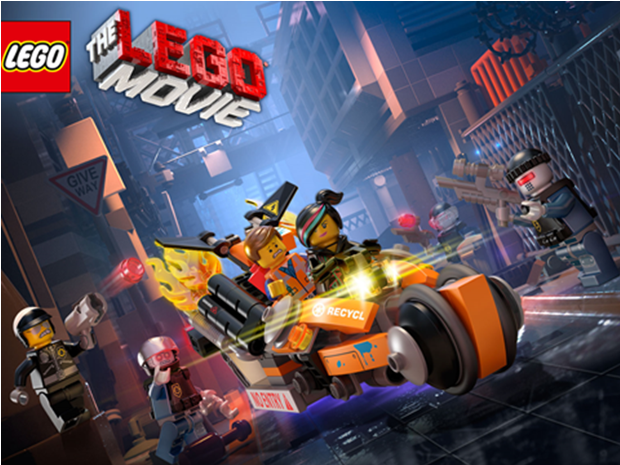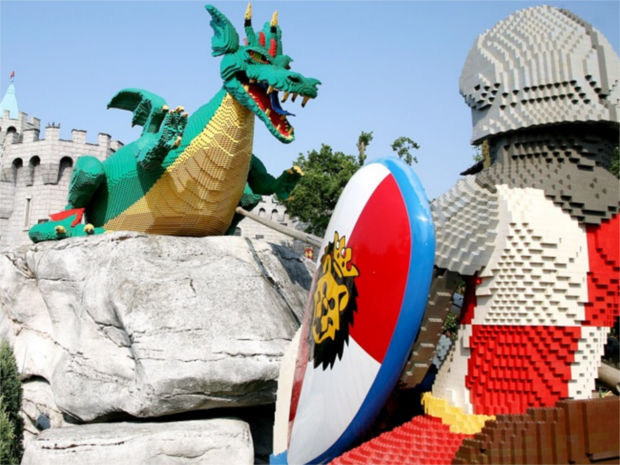Branding has a lot going for it. It’s an essential tool for increasing loyalty, making you stand out from competitors and generating more revenue. However, branding suffers from being largely misunderstood. It’s often seen as an art that only agencies and managers with years of experience understand when it’s actually quite simple and can be performed well by the majority of people.
This series has been created to show you how to define and implement a decent brand for your business without needing to pay a large sum to an agency. Through these blog posts, we’ll show you how to:
- Conduct audience research for your brand
- Establish your brand values
- Create a consistent tone of voice and design style
- Build comprehensive Brand Guidelines
So, whether you’re just starting to look at your brand or if you’ve been working on it for some time, we hope this series will help you make your brand more consistent, relevant and valuable.
Ready?
What is branding?
First thing’s first, I think it’s important to explain what I mean by branding because it has a huge number of different definitions. For example, there’s an article by Heidi Cohen, the President of Riverside Marketing Strategies, that lists 30 definitions of branding that are in common circulation (and there’s plenty more that don’t make this list).
Put simply…
Branding means defining and/or generating perceptions
Furthermore…
Good branding means defining a collection of perceptions and working to consistently generate them to achieve your business goals.
Because of this, you can think of branding as creating a pattern. You start by picking a selection of core elements and then repeat them over and over to create a consistent and ultimately more powerful piece of work.

Conversely, inconsistent branding feels like this:

Lego is a good example of a company that has been able to achieve consistent branding. They define their brand values as Imagination, Creativity and Fun, which are present across their figures:

Their games:

Their movies:

And their physical environments (Legoland):

Branding is bigger than marketing
Another thing about branding is that it's usually confined to marketing departments, but the truth is that branding is much bigger than this.
Here’s an example:
Adam is a web designer and a company gets in touch with him because they’ve seen his website and really like the marketing on it so they would like him to build them a responsive website.
At this point, the company has very positive perceptions about Adam’s brand.
Four weeks after the deadline, Adam submits the code for their brand new responsive website and it’s full of bugs.
Now the company has very poor perceptions about Adam’s brand despite not seeing any more marketing from him.
This is because anything related directly or indirectly to your company can influence the perceptions of your brand. So, it makes sense to focus on generating perceptions about your company across all its departments, not just marketing. This means that you’ll be generating a larger number of positive perceptions to a larger percentage of your audience and the overall perceptions that you generate will be more consistent.
How does branding generate value?
Before showing you how to develop your brand, it's also worth explaining why branding is worth your time and effort.
More new customers
If you can generate perceptions about your brand that your will resonate with your customers, you’re likely to get more of them, whether they’re coming to you directly through a Google search, PPC ad, Twitter, some content you created, or if they’re coming to you via a referral from someone else.

Increasing your retention rates
Once you’ve got your clients, branding can also help you to retain them more frequently. This is because, if people have a positive perception of your brand then they are more likely to work with you again rather than a competitor whether you’re offering a product/service to them on a rolling subscription basis or if you’re just doing one-off projects for them.
Stopping you being seen as a commodity
If you’re presenting a brand that resonates with your users, they’re much less likely to see you as just another business and choose to become your customer just based on how cheaply you’ll do the job. If your brand is effective, you may even be able to charge more for your products and/or services. This is one of the main reasons why Apple is able to charge far more than Dell for products that have the same (and sometimes worse) specifications and one of the reasons why Apple are more profitable than companies that have a larger market share.

Now you have a basic understanding of what branding is and how it works. In the next post from this series, we’ll look at how you can start developing your brand by considering the approach you’ll take towards your branding and carrying out some audience research to inform the brand that you’ll build.
Do you have any top tips on branding? Feel free to share them in the comments below.
Image Credits: sugary and snappy 777
Comments
Please remember that all comments are moderated and any links you paste in your comment will remain as plain text. If your comment looks like spam it will be deleted. We're looking forward to answering your questions and hearing your comments and opinions!